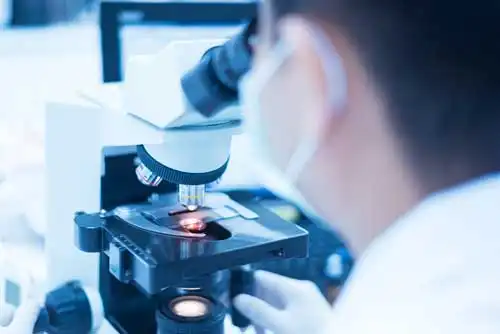2022/01/24
Digital health from a healthcare perspective (Part 2)
What is Digitalization in Pathological Diagnosis?
AI (Machine Learning, Deep Learning), Examination and Diagnosis
The Utility and Challenges of Virtual Slides

The digitization in medicine, digital health, reminds us of electronic medical records, automated information for outpatients, automatic payment machines, or some smartphone applications. Furthermore, the digitization of testing and diagnostic work is progressing. Especially in the diagnosis of diseases, the efficiency of digitalization has increased remarkably in recent years. The diagnostic work includes not only medical examination by clinicians, but also image reading by radiologists and pathological diagnosis by pathologists. In this article, I would like to focus on digitalization in pathological diagnosis.
"Pathological diagnosis" may not be familiar to you. When a patient comes to a hospital, an appropriate diagnosis is necessary for further treatment. Pathological diagnosis takes a major role in the final diagnosis. Specimens are made from the tissue or cells taken from the patient's lesion, and these specimens are observed under the microscope for diagnosis. There are also pathologists who specialize in this pathological diagnosis [1].

How does digitalization contribute to pathological diagnosis? For many years, pathological diagnosis has been done using glass slide specimens. The storage space has been a major problem because of the need to make more than ten glass slides per diagnosis case, and to prepare several types of special stained specimens for a single location.
(Continue to the next)
The information contained in this article is compiled by the respective authors based on publicly available information. We assume no responsibility whatsoever for any damage or disadvantage caused by actions taken based on such information. Unauthorized reproduction of articles, photos, charts, etc. is prohibited.
Copyright © 2022 LSMIP office / CM Plus Corporation
A Series of Articles

